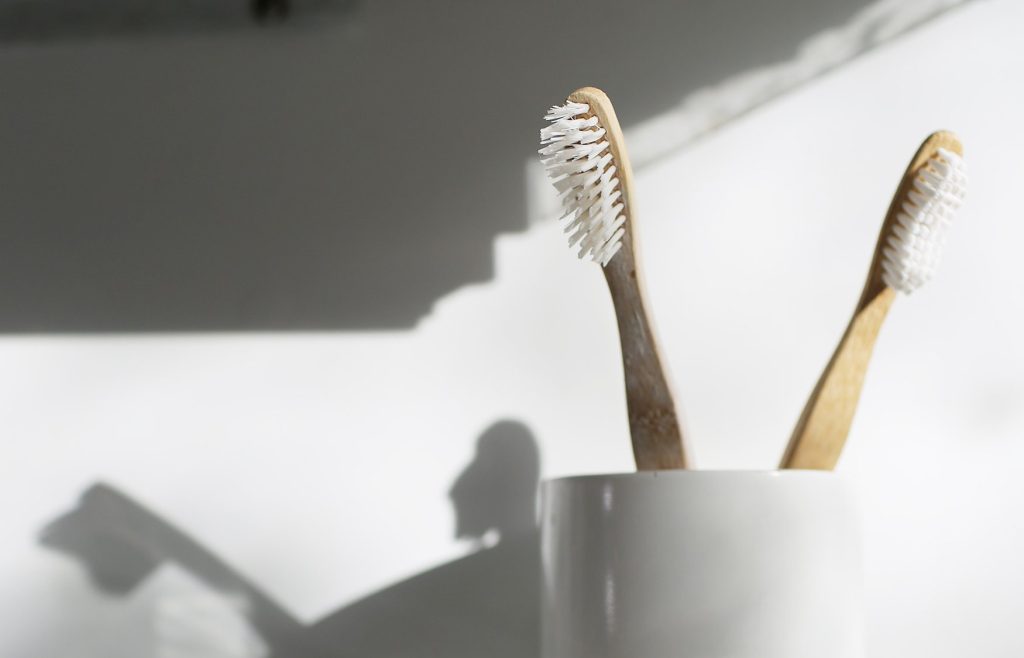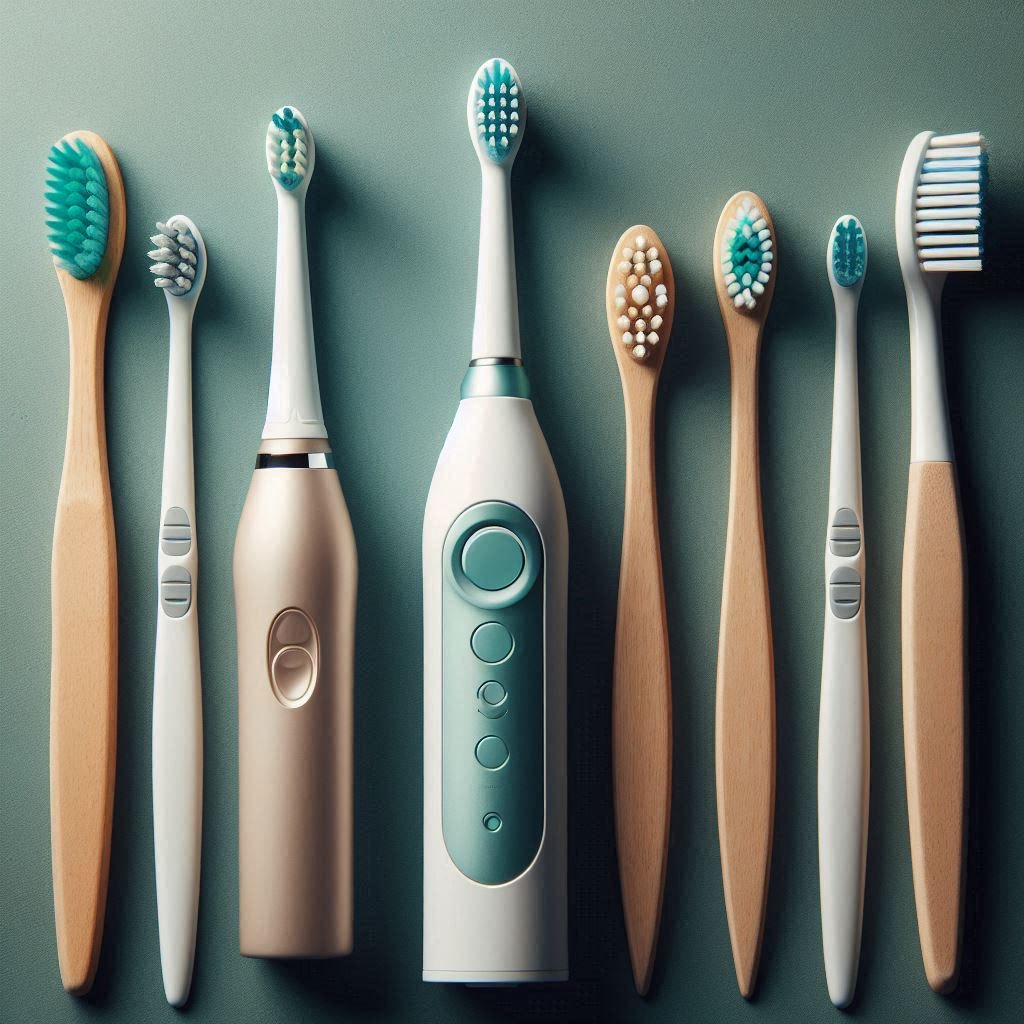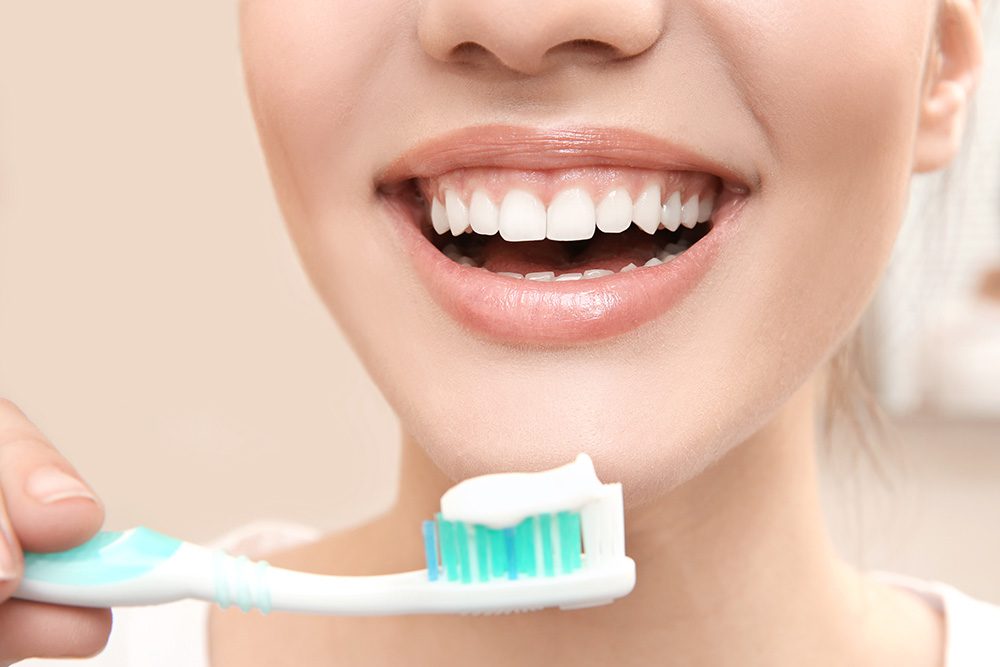A radiant smile starts with choosing the right tools for oral care, and among these tools, the toothbrush stands as an indispensable part of every hygiene routine. In an era with an array of manual and electric toothbrushes available on the market, making the ideal choice might seem challenging. However, selecting the right toothbrush tailored to your specific dental health requirements can significantly impact not only your oral hygiene routine but also your overall dental health. This detailed guide will help you navigate the process while linking you to valuable insights related to related oral health topics.
Why the Right Toothbrush Is a Game-Changer for Oral Hygiene

Your toothbrush is more than just a cleaning tool; it’s a safeguard against oral health issues like plaque, gum disease, and enamel erosion. The right toothbrush enhances your dental hygiene routine by ensuring optimal cleaning while protecting sensitive areas of your mouth.
- Effective Plaque Removal: A well-chosen toothbrush eliminates bacteria and debris, reducing the risk of cavities.
- Gum Health: Brushes with soft bristles minimize irritation and protect gums.
- Preservation of Dental Work: Specialized toothbrushes protect restorative treatments like dental implants and veneers. For more on maintaining veneers, explore Comprehensive Guide to Dental Veneers.
Manual or Electric Toothbrush: What’s Right for You?

Understanding the differences between manual and electric toothbrushes can help you determine which is best suited to your lifestyle and needs.
Manual Toothbrushes: Accessibility and Versatility
Manual toothbrushes are the go-to option for many households due to their affordability and ease of use. Though they may lack the advanced features of electric models, they remain effective with proper technique.
Key Features to Consider:
- Soft Bristles: Recommended for most individuals, they are gentle on gums and enamel while effectively removing plaque. To learn more about how gentle cleaning benefits your teeth, check out How to Prevent Tooth Decay.
- Compact Head Size: Smaller brush heads ensure easy access to hard-to-reach places like molars.
- Ergonomic Handle: Provides a secure grip and better control during brushing.
Pros of Manual Toothbrushes:
- Affordable
- Easy to carry and travel with
- Available in numerous designs and sizes
Cons of Manual Toothbrushes:
- Requires proper technique for effective cleaning
- Lacks advanced features like timers
Electric Toothbrushes: Technology Meets Precision
Electric toothbrushes have taken oral hygiene to new heights. Featuring oscillating or vibrating brush heads, built-in timers, and pressure sensors, these brushes make maintaining dental health effortless.
Key Features to Look For:
- Oscillating or Sonic Action: Oscillating brushes rotate to focus on each tooth, while sonic brushes vibrate at high frequencies to disrupt plaque. Both are effective in reducing plaque and promoting gum health.
- Pressure Sensors: Prevent overbrushing by alerting you if you press too hard, which protects sensitive gums and enamel.
- Timers: Ensure brushing for the dentist-recommended two minutes.
Pros of Electric Toothbrushes:
- More effective at reducing plaque and improving gum health
- Ideal for individuals with limited dexterity or orthodontic appliances
- Advanced features enhance the brushing experience
Cons of Electric Toothbrushes:
- Higher initial cost
- Requires charging or battery replacement
For more details on how advanced dental tools can improve oral hygiene, see The Future of Dentistry.
Specialized Toothbrushes for Individual Needs

Not all toothbrushes are created equal, and certain conditions may require specialized tools.
1. Sensitive Teeth
Toothbrushes with extra-soft bristles protect enamel while minimizing discomfort. Pair this with a toothpaste formulated for sensitivity for maximum relief. Explore tips for managing sensitive teeth in Understanding Tooth Sensitivity.
2. Orthodontic Appliances
For individuals with braces or other orthodontic devices, specialized toothbrushes with V-shaped bristles or electric brush heads designed for orthodontics ensure cleaning around wires and brackets. For orthodontic care, refer to Choosing the Best Orthodontic Treatment.
3. Gum Disease
Small-headed toothbrushes with ultra-soft bristles clean gently along the gumline, helping to combat gum disease and promote healing.
4. Dental Implants and Veneers
For those with dental work such as veneers, consider soft toothbrushes or electric models with polishing modes to maintain both the natural and artificial surfaces of your teeth. Learn more about post-care for implants in Comprehensive Guide to Dental Implants.
Tips for Selecting the Right Bristle Type

Choosing the correct bristle type is one of the most critical decisions when buying a toothbrush:
- Soft Bristles: Ideal for daily use; gentle yet effective.
- Medium Bristles: Offers a more vigorous clean but may harm gums if used improperly.
- Hard Bristles: Generally discouraged as they can damage enamel and irritate gums.
For additional insights into maintaining oral hygiene with proper tools, visit Why Regular Dental Cleanings Matter.
How Often Should You Replace Your Toothbrush?
Regular replacement of your toothbrush or electric brush head is essential. Dentists recommend replacing your toothbrush every 3–4 months or sooner if the bristles fray.
Signs It’s Time to Replace:
- Frayed or splayed bristles
- Discoloration on the brush head
- After recovering from an illness to avoid reintroducing bacteria
Practical Brushing Tips for Enhanced Oral Hygiene
- Don’t Forget to Floss: Brushing alone can’t remove plaque from between teeth. Daily flossing complements your brushing efforts.
- Brush Twice a Day: Morning and evening brushing eliminates bacteria and debris that accumulate throughout the day.
- Use Fluoride Toothpaste: Fluoride strengthens enamel and fights decay. For help choosing the right toothpaste, visit Choosing the Right Toothpaste for Every Smile.
Frequently Asked Questions (FAQ)
1. Which is better, manual or electric toothbrushes?
Both are effective with proper technique, but electric toothbrushes offer features like timers and pressure sensors that may provide a more consistent clean.
2. Can children use electric toothbrushes?
Yes, electric toothbrushes designed for kids are smaller and include fun features to encourage good habits.
3. What toothbrush is best for people with braces?
Specialized orthodontic toothbrushes with V-shaped bristles or electric brushes with orthodontic heads are ideal. Learn more in Choosing the Best Orthodontic Treatment.
4. How do I clean around dental implants or veneers?
Use soft-bristled toothbrushes or electric models with gentle polishing modes to maintain both natural and artificial surfaces. For post-care tips, check out Comprehensive Guide to Dental Implants.
5. Should I replace my toothbrush after being sick?
Yes, replacing your toothbrush post-illness prevents the reintroduction of bacteria to your mouth.
Conclusion
Selecting the perfect toothbrush is a key step toward maintaining your oral health. Whether you prefer a manual or electric model, prioritize soft bristles, ergonomic handles, and the appropriate brush head size. Pair your toothbrush with consistent brushing, flossing, and regular dental check-ups for a healthy smile that lasts a lifetime.
For personalized recommendations or further guidance, reach out via Contact Us. Take the first step toward achieving optimal oral health today!
